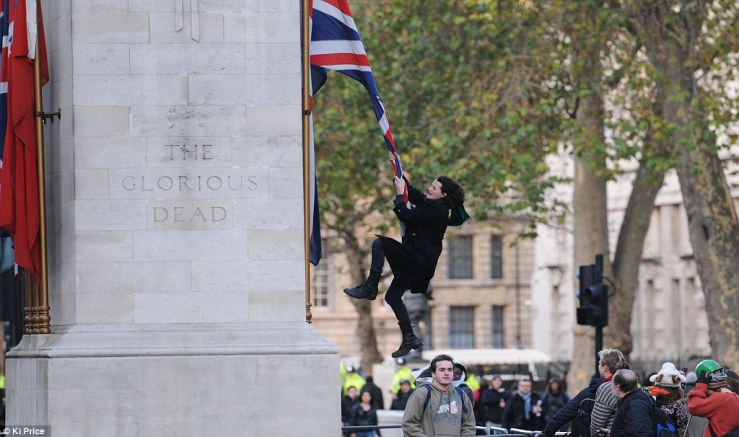
In June 1967, Mick Jagger of the Rolling Stones, was sentenced to three months in prison for possession of a few amphetamine tablets. Jagger was a first-time offender caught with French seasickness pills, which are openly sold in France but required a prescription in England. On July 1st 1967, The Times, and its new editor, William Rees-Mogg invoked Pope and denounced the excessive sentence in “Who Breaks a Butterfly upon a Wheel?” Rees-Mogg criticized the judge for undue severity in a minor drugs case, while arguing that justice ought to be the same for the rich and the poor, for the famous and the unknown. It was an editorial where the establishment and the counter-culture came together.
We are at similar crossroads again. Last month, Charlie Gilmour, the stepson of Pink Floyd’s David Gilmour, pled guilty to violent disorder exhibited during the student riots over tuition fee increases last December. Gilmour was a male model who was as the Independent put it, “more Beau Brummel than Che Guevara”. As he infamously climbed up the Cenotaph, the Cambridge history student, was oblivious to what the Cenotaph symbolized. (David Gilmour who once famously sang, “We don’t need no education” could probably see some irony here.)
Young Gilmour was sentenced to 16 months in jail — an abnormally harsh punishment for a first-time offender whose indiscretions, while excessive, were committed during a protest march. Twitter is abuzz with outrage, and today, the Times thundered again with indignation. I have nothing but contempt for Gilmour’s acts; I viewed them as pure hooliganism; in Gilmour, I saw a privileged scion protesting against tuition fee increases. First and foremost, it was a selfish act to preserve a broken faux-egalitarian system that handouts free rides to the rich and the privileged.
But as Rees-Mogg would say, it is possible for the guilty to be prosecuted in an entirely unfair way. And now he has. The class-conscious courts which sentence the infringers from poorer backgrounds to community service have felt that Gilmour’s celebrity status would send a strong signal.
Yes, it did. But it was a signal as misguided and disgraceful as the one Gilmour cadenced from the Cenotaph to proclaim. And equally wrong.